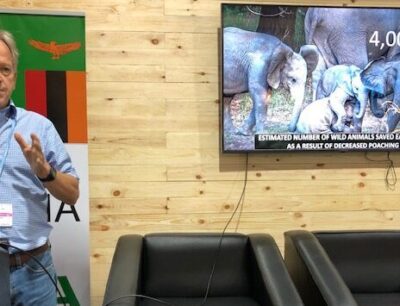COMACO COMMENDS GOVERNMENT’S CONFERENCE OF PARTIES (COP27) APPROACH
Lusaka, Zambia/Africa – The Community Markets for Conservation (COMACO) has commended government for rallying t

Lusaka, Zambia/Africa – The Community Markets for Conservation (COMACO) has commended government for rallying t
In a few days, #COP27 in Egypt will bring Heads of State and thousands of people together to decide the future of #Clima

Lusaka, Zambia/Africa – The Community Markets for Conservation (COMACO) is enabling a multimillion-dollar carbon c
Comments
Well done with the new-look newsletter. Definitely much easier on the eye and easier to navigate. Your articles are always very inspirational and deserve more exposure to a larger audience. You might want to put the newsletter on other platforms as well.
Where can I buy Gliricidia seeds. I am a small scale farmer based in Mwembeshi Lusaka
How much are the trees and or seeds and where can I get them?
Interesting subject. Do you have the seed for gliricidia sepium.a
Hello there,
I am interested in buying the seedlings for the giricidia tree. Where can I buy them?
Hello Florence.
Unfortunately we do not sell the seeds.